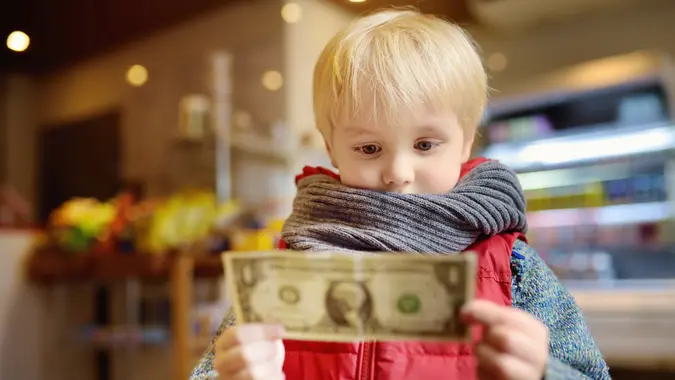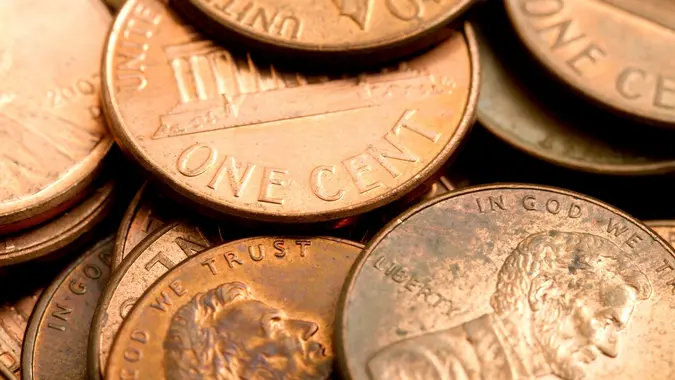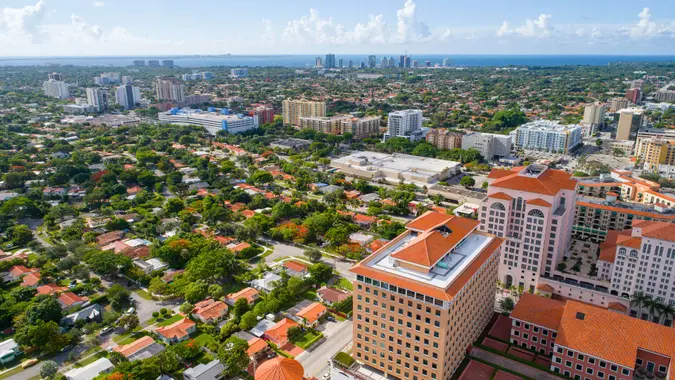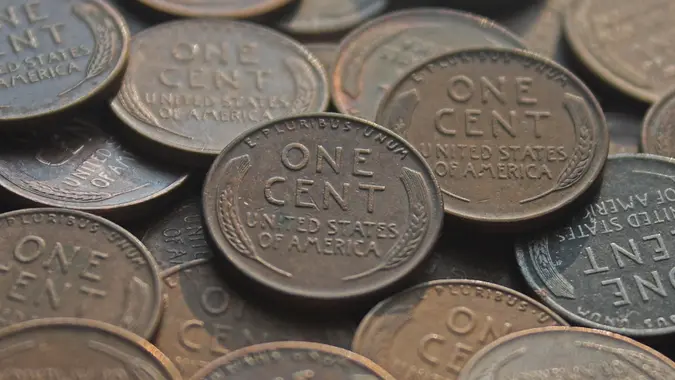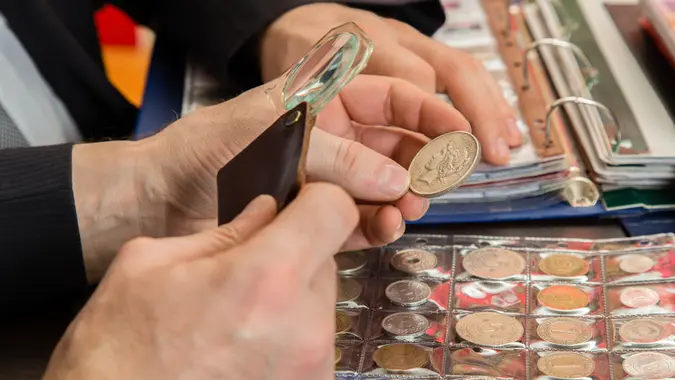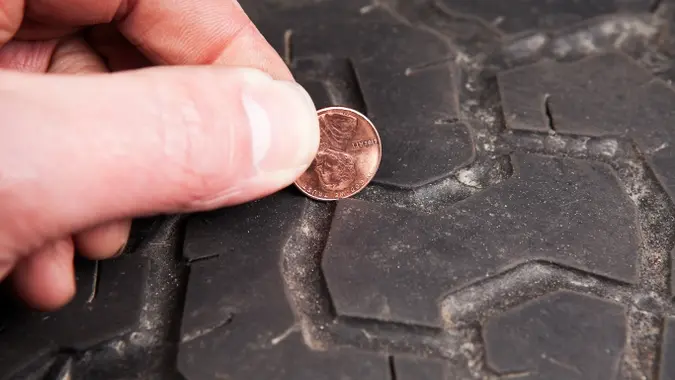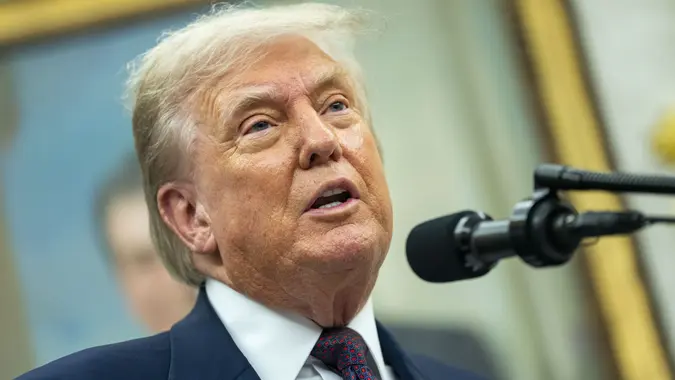8 Rare Bills Expected To Soar in Value Before the End of 2024
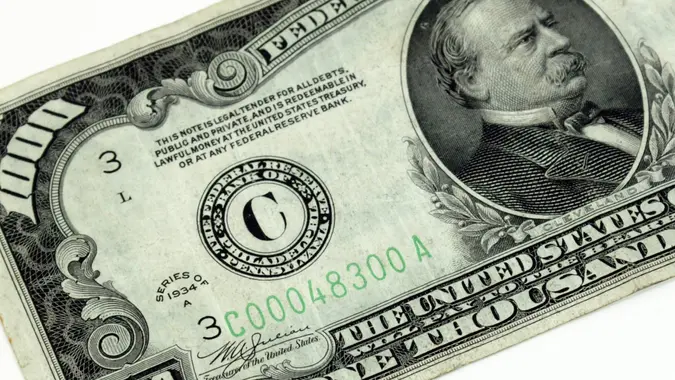
Commitment to Our Readers
GOBankingRates' editorial team is committed to bringing you unbiased reviews and information. We use data-driven methodologies to evaluate financial products and services - our reviews and ratings are not influenced by advertisers. You can read more about our editorial guidelines and our products and services review methodology.

20 Years
Helping You Live Richer

Reviewed
by Experts

Trusted by
Millions of Readers
Paper currency might not be as frequently discussed as coins, but that doesn’t mean it’s without value. In fact, some rare bills are worth thousands of dollars or more. It’s all about finding a collector who’s willing to pay a premium to add it to their collection.
While there aren’t any guarantees, certain rare bills could become more valuable in the next few months — simply because they’re already highly sought after now. Using data from sites like APMEX, Professional Coin Grading Services (PCGS) and several well-known auction houses, GOBankingRates compiled this list of rare bills that could soon soar in value.
1890 US Grand Watermelon $1,000 Treasury Note
- Value: $1 million or more
- Grading: 50 (about uncirculated)
Ten Dollar 1882 Brown Back Territorial National Bank Note
- Value: $200 to $2,000 or more
- Grading: 20 (very fine)
Triple Signature $10 Silver Certificate
- Value: $40,000 or more
- Grading: 30 (very fine)
1928 $500 Federal Reserve Note Cleveland
- Value: $2,695
- Grading: 25 (very fine)
1862 $50 Note (Alexander Hamilton)
- Value: $96,000
- Grading: 30 (very fine)
1922 $10 Gold Certificate Large Size Note
- Value: $2,735
- Grading: 67 (superb gem uncirculated)
1899 $5 Indian Chief Large Silver Certificate
- Value: $4,500
- Grading: 50 (about uncirculated)
Abyssinia (P3s) 50 Thalers
- Value: $5,934
- Grading: Not graded
PCGS Grading System Defined
The PCGS grading system ranks banknotes on a 70-point system. Here’s a simplified breakdown:
- Very good — worn but intact bills
- Very fine — bills showing moderate evidence of wear and tear
- Extremely fine — bill with small signs of wear
- About uncirculated — bills with minimal evidence of wear
- Uncirculated — pristine condition bills
Note that within these categories are subcategories. For example, there are choice uncirculated, gem uncirculated, superb gem uncirculated and supreme gem uncirculated bills (PCGS 63 to 70).
Signs a Rare Bill Could Rise in Value
Here are a few signs that a rare bill could soar in value before the end of the year:
- It’s already been graded by the PCGS — higher grades usually indicate higher value.
- It has a high serial number.
- Size discrepancy — the bill is either too small or too large compared to standard ones.
- It’s uncirculated or no longer in print, such as with bills with a high denomination.
- The bill has a misprint, like different denominations on the front and back.
If you’ve found a unique-looking or old bill that and are wondering how valuable it is, you can verify it in a few ways:
- Auction houses: Many online auction houses, such as Heritage Auctions, will evaluate your paper currency free of charge.
- Local coin dealers: They may specialize in coins, but don’t let that deter you. Many coin dealers can also evaluate the value of rare bills.
- Online sites: Forums like r/Currency can be a good place to start. You’ll find experts in the field who are willing to share their insight or opinions.
Keep in mind that rare bills, especially old ones, are likely to rise in value provided they’re kept in good condition. However, you’ll have to find the right collector who’s willing to pay. Determining your bill’s rough value ahead of time can give you a better idea of what kinds of treasures you’ve got — and ensure you get your money’s worth.
More From GOBankingRates
 Written by
Written by  Edited by
Edited by 



